Email list segmentation is used for effective email marketing. It is one of the very successful ways of email marketing. So you might be thinking what exactly is email marketing?
Email marketing is a direct marketing product or service with electronic mail by creating email marketing campaigns. Email marketing enriches business communications, targets a specific audience, is cost-effective, and environmentally friendly.
Now the question might arise in your mind that what is email list segmentation in email marketing? So here is your answer.
What is email list segmentation?
Email Segmentation is the process of dividing the email subscribers into smaller segments for marketing the product/service through emails. The email subscribers list is made by segments like geographic location, interests, purchase history, new subscribers, etc.
How beneficial is email list segmentation in email marketing?
Email list segmentation is beneficial as it provides a personalized experience to the audience. You can deliver the content in batches instead of sending the generic content to everyone. For example, Jasuben Shah founded Jasuben Pizza in Ahmedabad. Every day she serves customers with a variety of pizzas including thin crust, double cheese, Italian, etc
Wouldn’t it be nice if Jasuben knew every customer’s choice, background, and tastes when they walked in the door so she could provide each person with a customized menu? Jain Pizzas for Jain customers, a Double cheese menu for children and youth, offers for her best patrons, etc. So email list segmentation will help Jasuben to create personalized menus for every customer while emailing them. In short, Jasuben will not send Italian pizza mail to the person loving cheese burst pizza.
The main purpose of the email list segmentation is personalization. The email list is made according to the knowledge about the customers, their buying habits, background, location, etc. Buying habits, background, location, taste, etc. are called segments. The email is sent to each segment of people through personalized information.
Targeted emails are a great way to attract prospective customers through your sales cycle. By targeting the right segments, you can make it easy for the customers to understand why they need your product, or what they should buy from you. Plus, accurate segmentation leads to improved click-through rates, increased conversions, and deliverability.
Some of the direct benefits of email list segmentation via email marketing are given below:
Increase Open Rates
Remember on our birthday’s we opened the gifts which were wrapped in our favorite wrapper. So the same is with emails. The customer will open the email only if they like the headline. So your headlines and subject of the email should be personalized for customers to open your email. Email list segmentation increases open rates by sending customized subject lines to specific groups/segments.
For example, in Women’s fashion site, SwayChic segmented their email lists based on buying habits and engagement hours during the day and they achieved an increase in open rates by 40%.
Increase Click-Through rates
Content is king in email marketing. To get more click-through rates the content should be relevant in the personalized emails you send to your customers. With email list segmentation you can post the content which the customers want to see and click on.
For example, Tej Solpro’s email list segmentation got them a 16.4% email click-through rate.
Increase conversions
When the potential customer is satisfied with the content in the mail and a strong call-to-action, he will not just take a look at your product/service but even buy your product. Email List segmentation removes resistance and puts the right content in front of the right customers, leading to increased conversions.
For example, Isotone one of the famous companies for their gloves and slipper increased their email marketing revenue by 7,000% by email list segmentation.
Decrease Unsubscribed
Unsubscribers are the people who are least interested in your emails. Email list segmentation helps you find out such people who are not interested in your mails. This way you can send mails to only those people who are interested in your content and get the leads from the actual potential audience. In a short email, list segmentation helps you get the analysis of the customer’s interaction with the mail content so that you can send emails that are relevant to the customer’s preference.
For example, 56% of people unsubscribe due to content irrelevancy as per the Constant Contact poll.
Avoid Spam Filters
Many emails just rot in the spam folder due to mail deliverability issues by the companies. This is due to many senders hitting spam filters because of the irrelevant content sent too often and to unengaged recipients. Email list segmentation avoids spam filters by sending emails to the engaged recipients.
For example, the team at open move did the experiment of sending emails to only clickers and not sending the mail to non-clickers, and surprisingly their deliverability issues reduced by 90-95%.
Increase General Customer Happiness
As said a happy customer is always the one who returns to your site again and again. So by sending personalized emails through email list segmentation, you can create content for customers whose preferences are met, and he/she is willing to purchase your product/service again and again.
How to do email list segmentation?
But how to start using it, is the most significant question. So not to worry her is the answer to your question. These six steps will be the complete answer to how to do an email list segmentation question.
Define your data points
Data is the most important thing you need to make segments. The data depends on the kind of product you are selling. So the first goal of your email list segmentation is efficient data gathering.
So for these three questions need to be answered, they are:
What data are you collecting?
When can you start data collecting?
What data should you ask for?
And it may happen that you don’t get all the data points and for that, you need to use the third-party tool. Third-party tools are the services that help you improve email marketing functionality. Some of them are icontact, Hubspot, Mailchimp, Constant Contact, Benchmark Email, etc.
Create Personas for Your Customers
While creating email list customer personas are the base for segment creation. So one should perfectly know one’s customer. Understanding customers and creating customer personas will lead to more customer satisfaction as you will work according to the customer’s preference. To build a helpful customer persona, you need to answer few questions suggested by HubSpot:
What is the demographic location of your customer?
pain points for your customer?
Do they want to accomplish and how you can help them with that?
What does a day in customers’ life look like?
Choose your segment
This is the actual step where you can experiment as you will practically create segments of the email list. Be creative in designing groups/segments based on the unique knowledge about your customers.
Create your content
After segmenting your email list, create appealing content for your customers with blog posts. The content should be short sweet and engaging.
Work with Email Segmentation Feature Marketing Tools
Now that you have data and a plan on how to use it, the exciting part begins. Now you need to send your emails out to an email marketing app that can handle list segmentation and bring out multiple conversions.
Here is the list of famous email marketing apps:
-
MAILCHIMP
-
CUSTOMER.IO
-
AWEBER
-
INTERCOM
-
CUSTOM APP
-
VERO
Measure, adjust and repeat the process
Now that you have used email marketing features, it’s time that you get results. So you need to trace how people are interacting with your data. And find out what they click on and they engage with what kind of data.
Once you have attained good results, you can work on making it better with your knowledge about email marketing.
Ways in which you can segment your email list for email marketing
In the fast-growing industry of email marketing, you need to find out new and unique ways in which you can segment your email list. Below mentioned are some of the best ways in which you can segment your email list
-
Age
-
Persona
-
Gender
-
Geography
-
Job function
-
Industry
-
Education Level
-
Past Purchases
-
Seniority Level
-
Content topic
-
Purchase Cycle
-
Interest Level
-
Content Format
-
Buying behavior
-
Stages of Sales Cycle
-
Satisfaction Index
-
Email Type
-
Customers who have not reviewed
-
Customers who refer
-
Shopping Cart Abandonment
-
In-Store versus Webstore Visitors
-
Call to action clicks
-
Page views
-
Form Abandonment
-
Event Attendance
-
Usage
Data Set for Effective List Segmentation
Demographic data: It includes any quantifiable attributes of a person: age, gender, hometown, job, salary, etc. These are base-level segments—they help you group users without getting familiar with interests and past purchasing patterns.
Behavioral Data: You don’t need an elaborate algorithm to take benefit of purchasing habits in your email marketing. Amazon’s recommendation emails are an excellent example of using behavioral data to sell products
Customers Sign Up data: Segmenting your email list by how long someone has been a member of your site. Which can help you analyze, how familiar they are with your brand and while signing up what they already know about our brand and what they still need to learn for your company
Customer Email Client Data: We can use customer client data to improve a customer’s experience with creative content. By using list segmentation, you can create groups/segments based on browsing devices and how often your customers use email.
And it’s never too late to start email list segmentation. You can learn about your users and arrange them into segments at any time. Your goal is to build a complete profile of each user on an ongoing basis, factoring in new purchases, activity, and provided information.


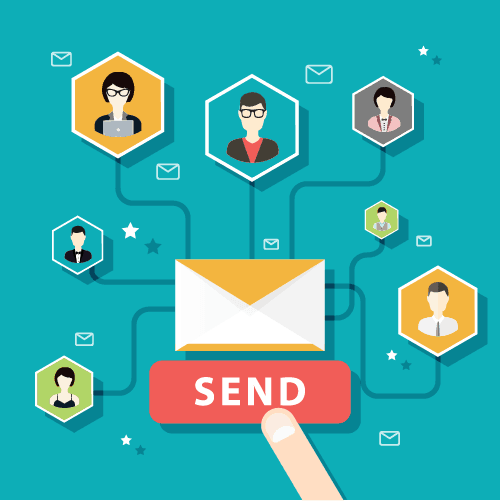
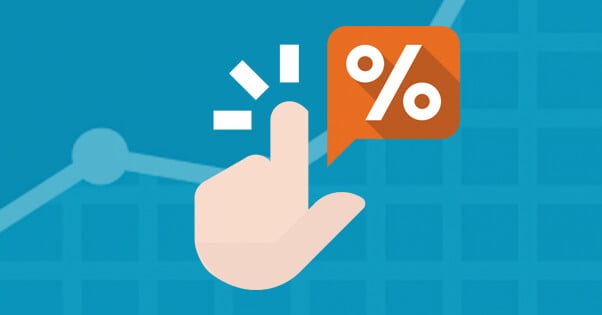

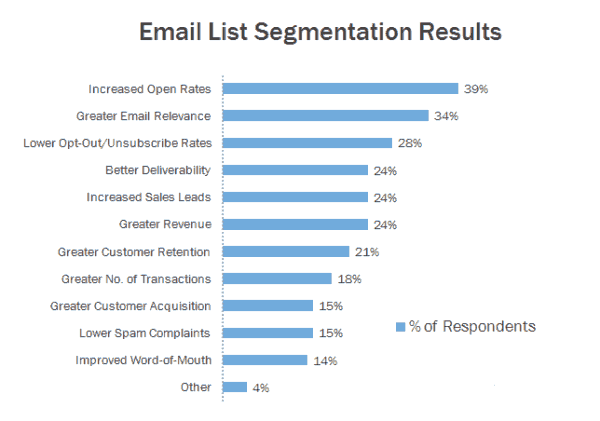
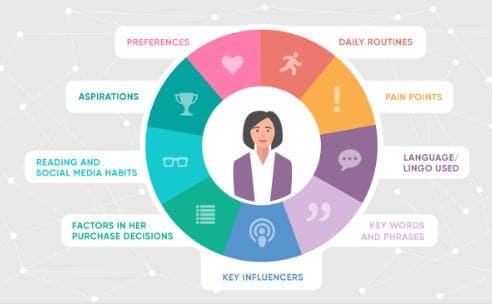
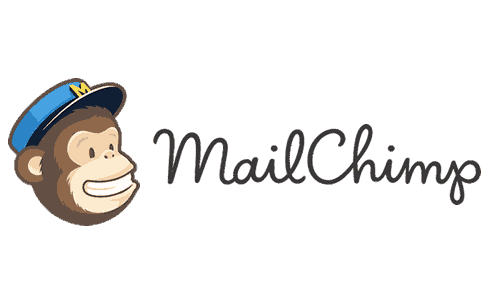
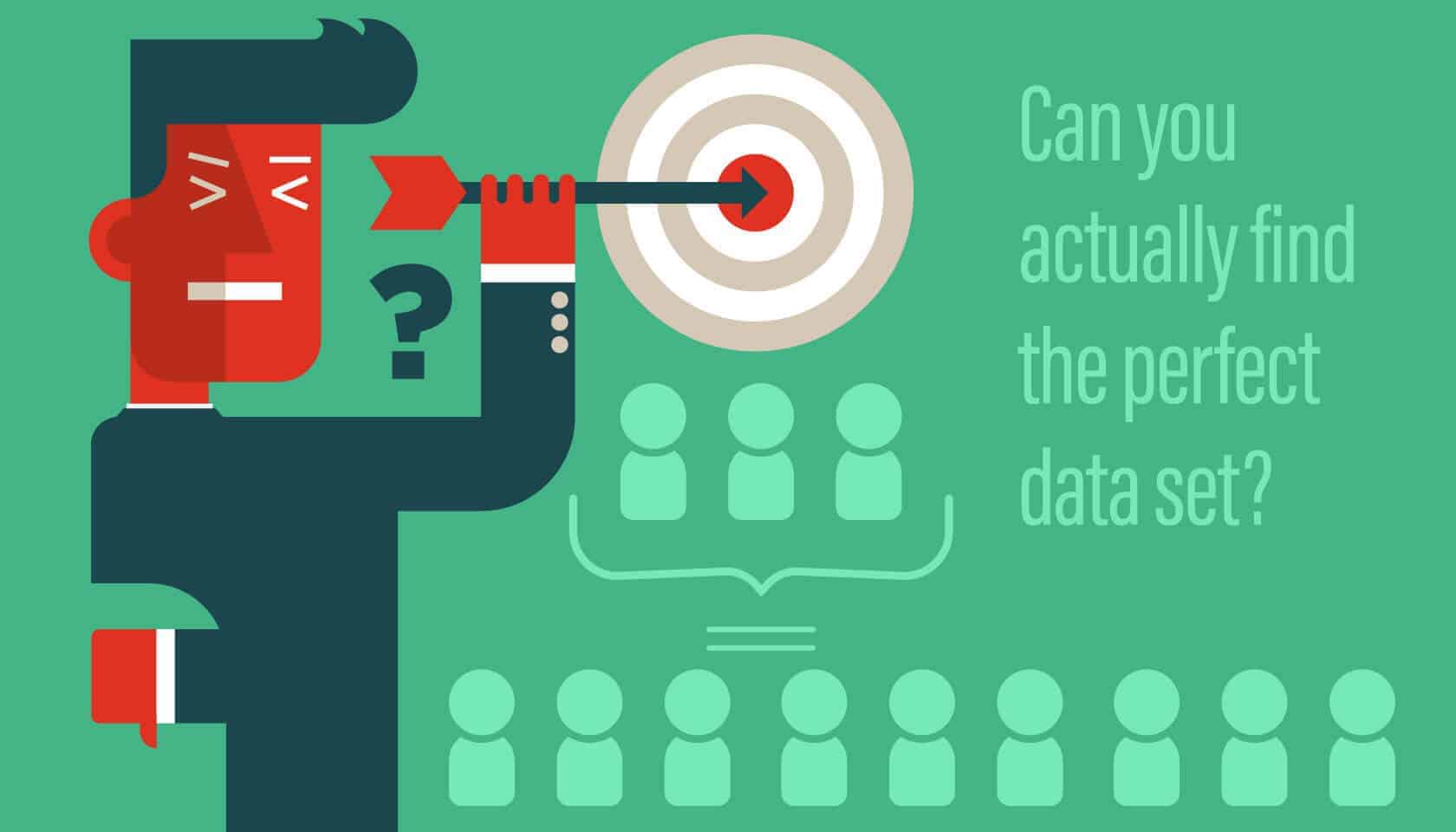



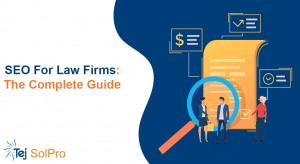
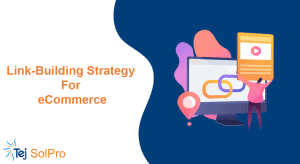
1 thought on “The Definitive Guide to Email List Segmentation”
Awesome post. Thank your for sharing such a nice article.